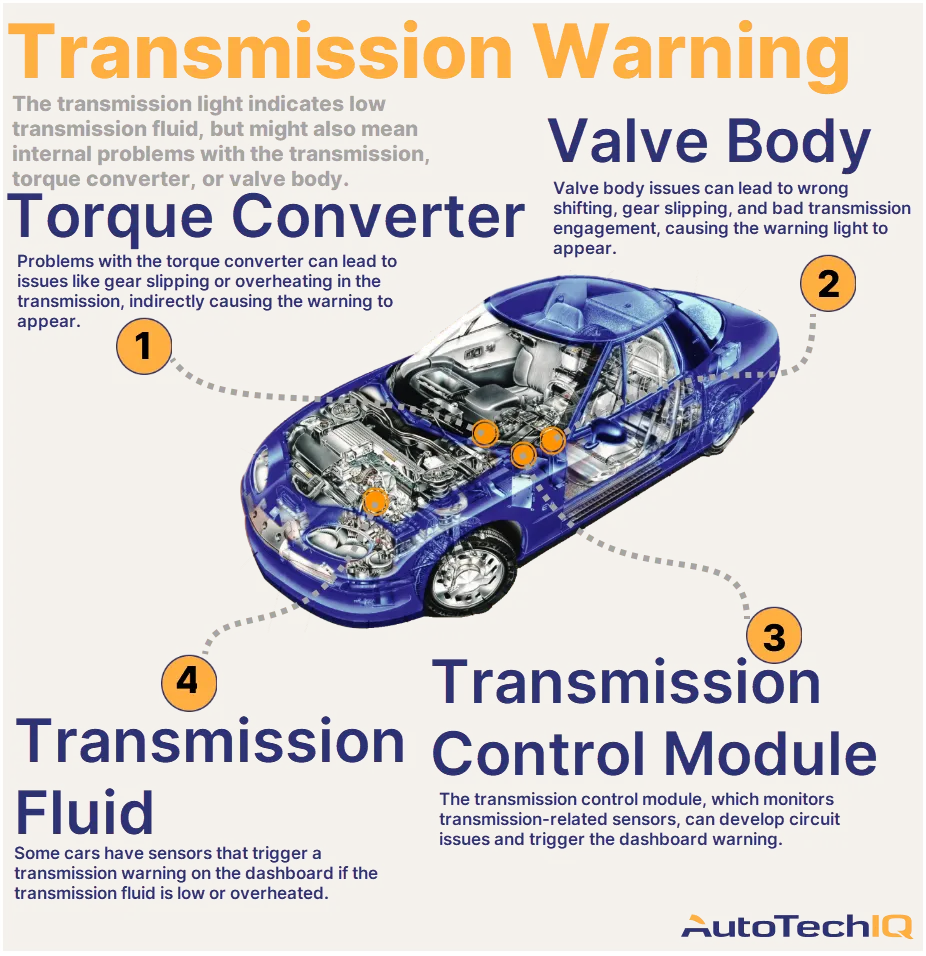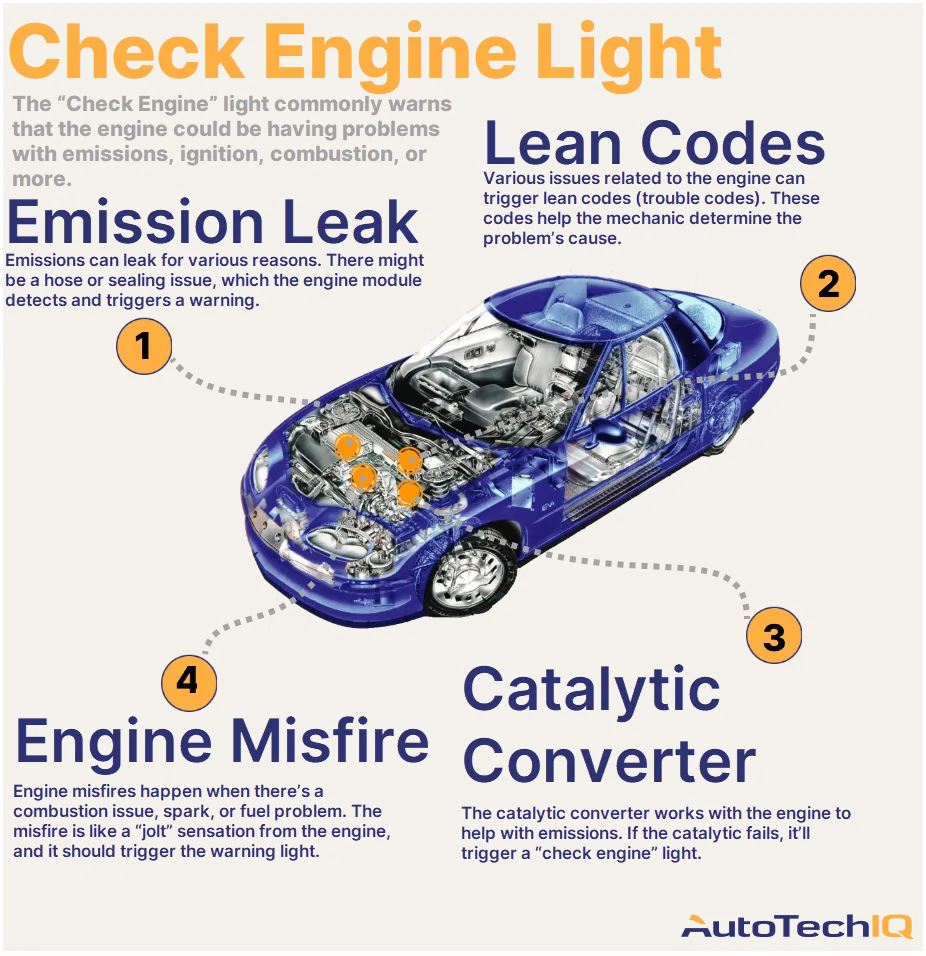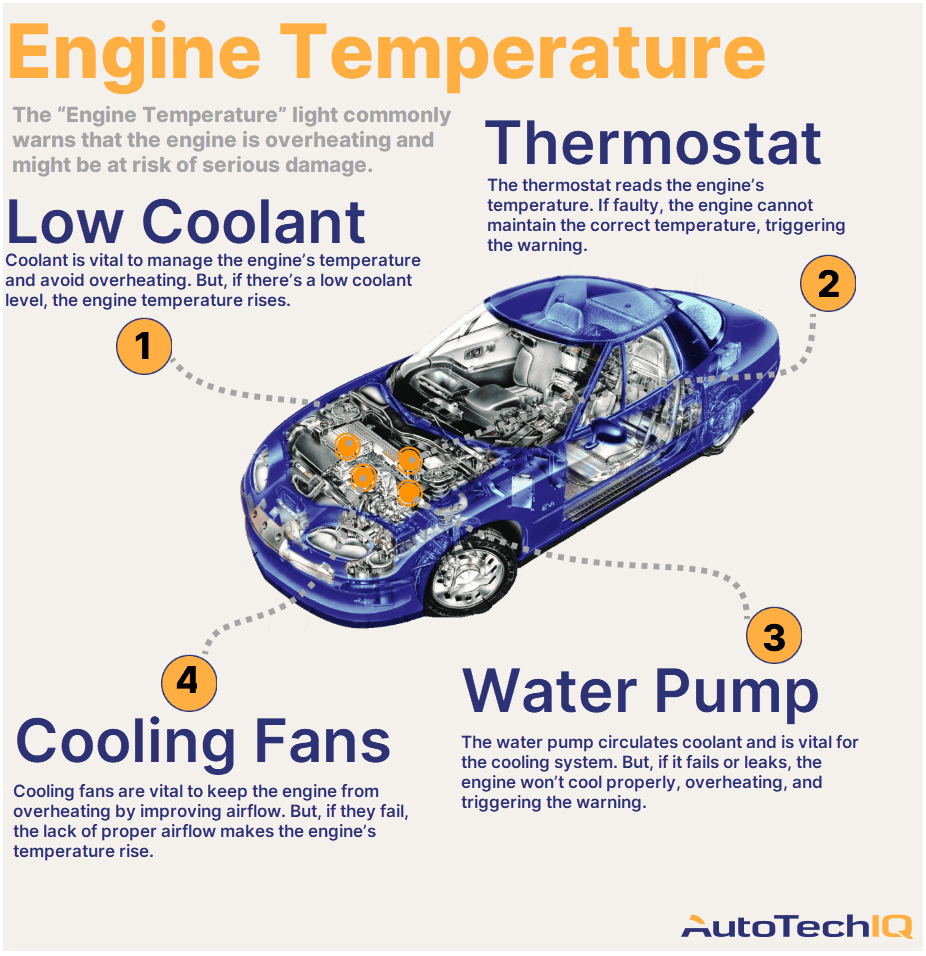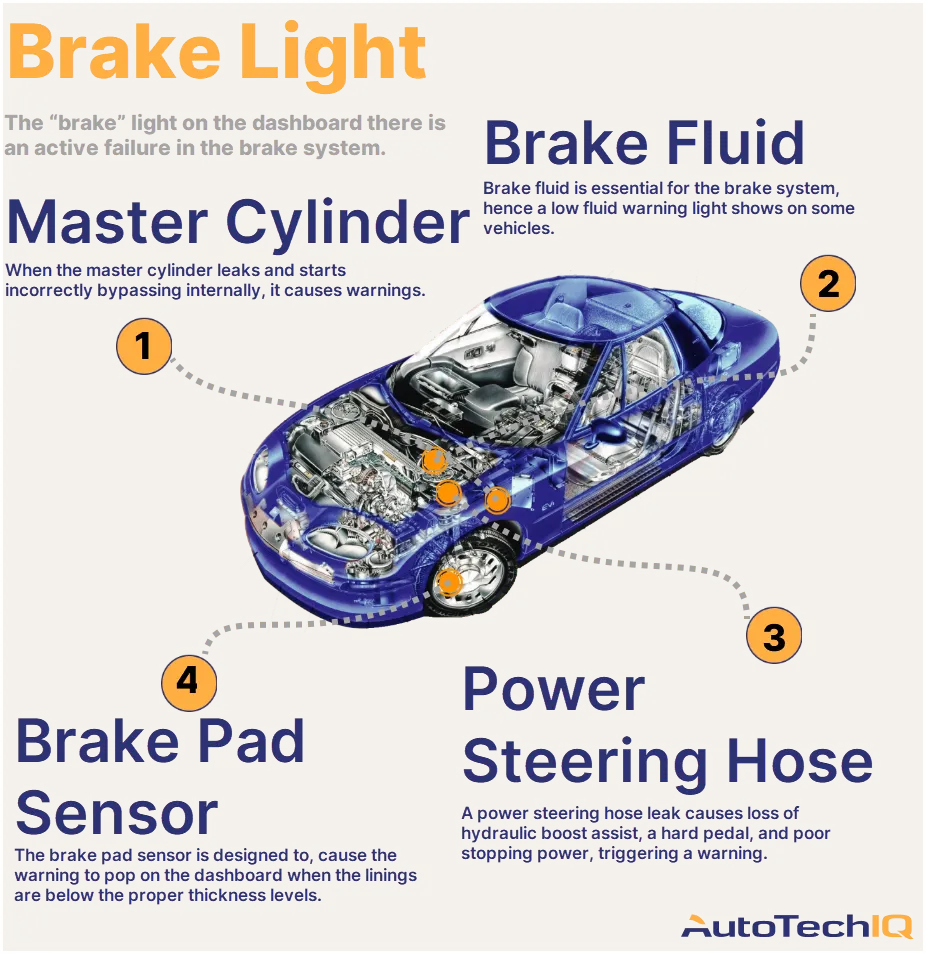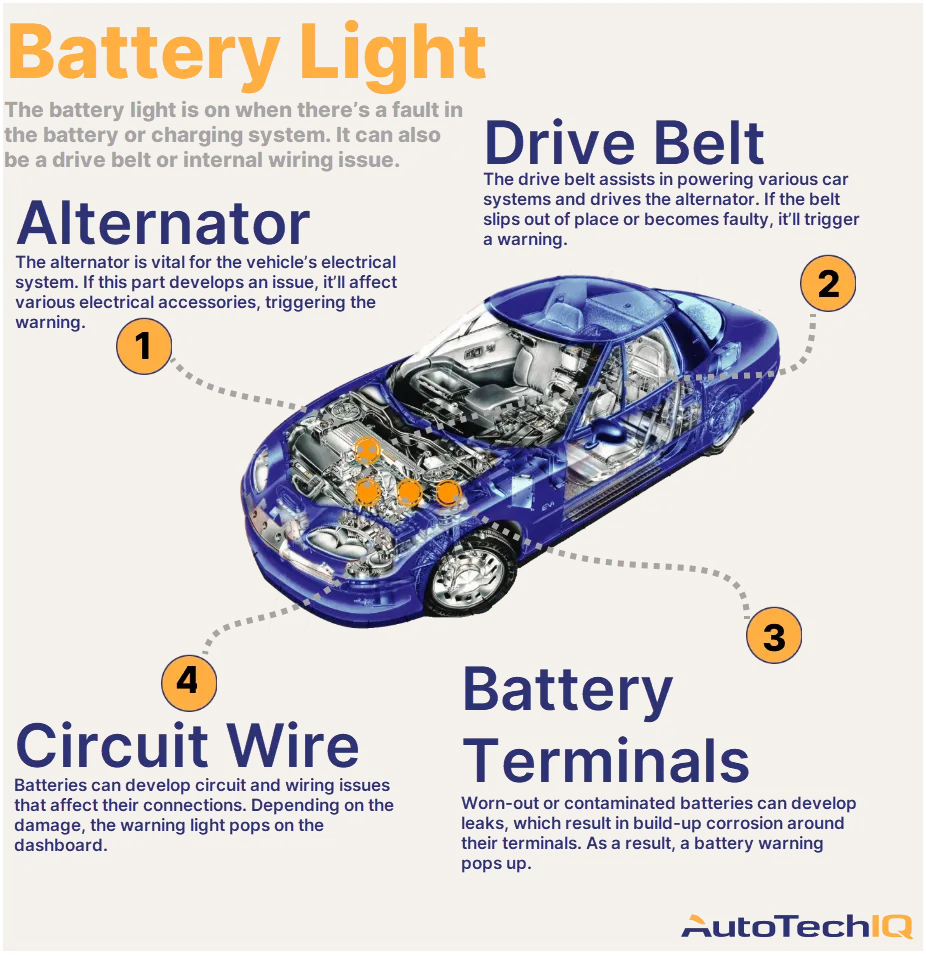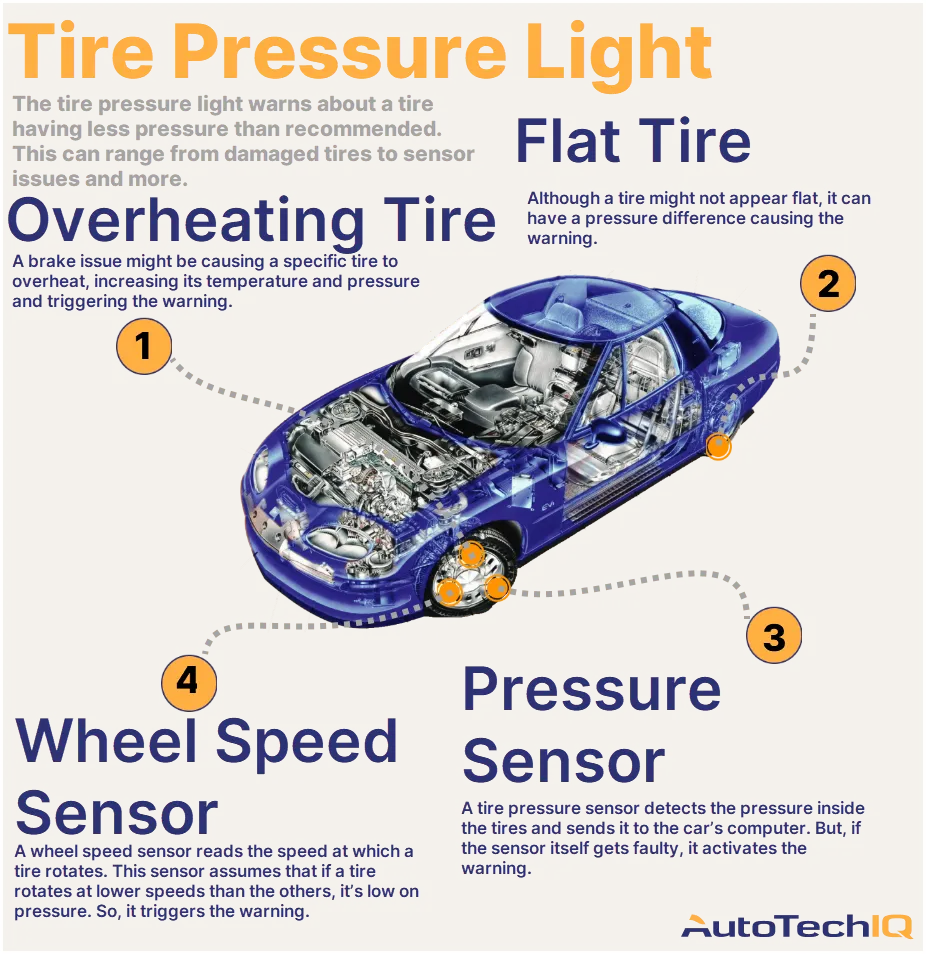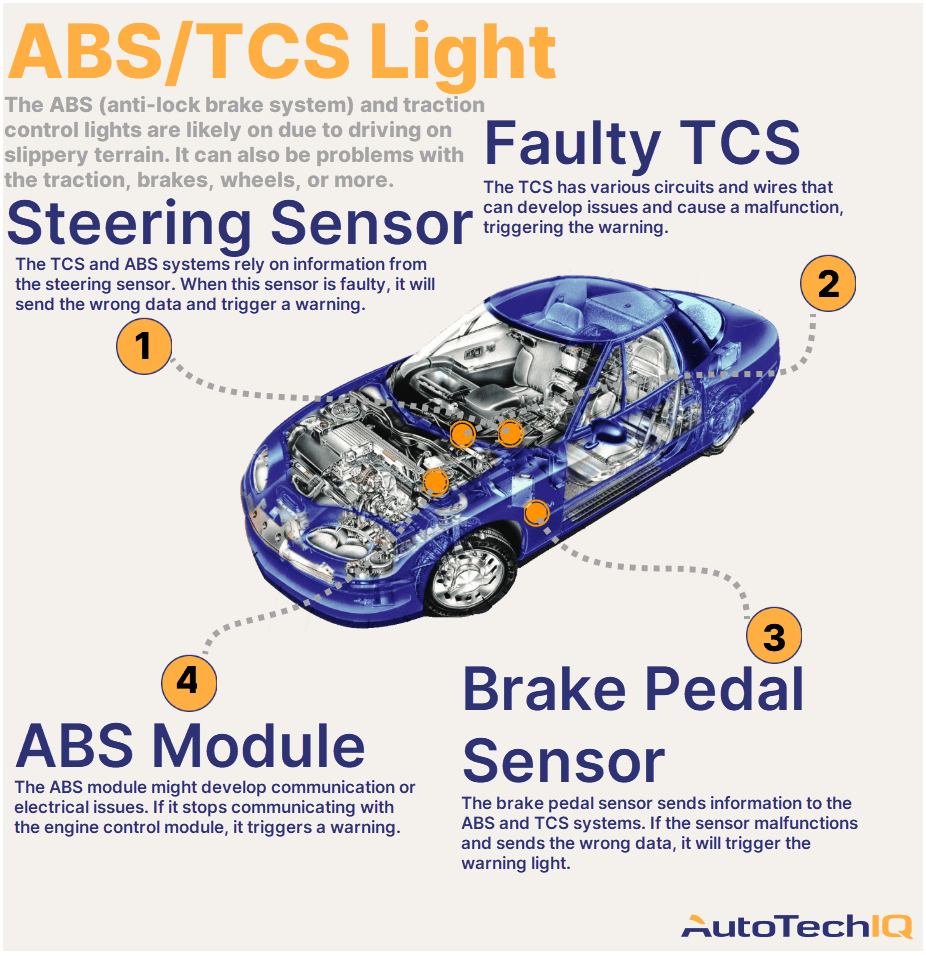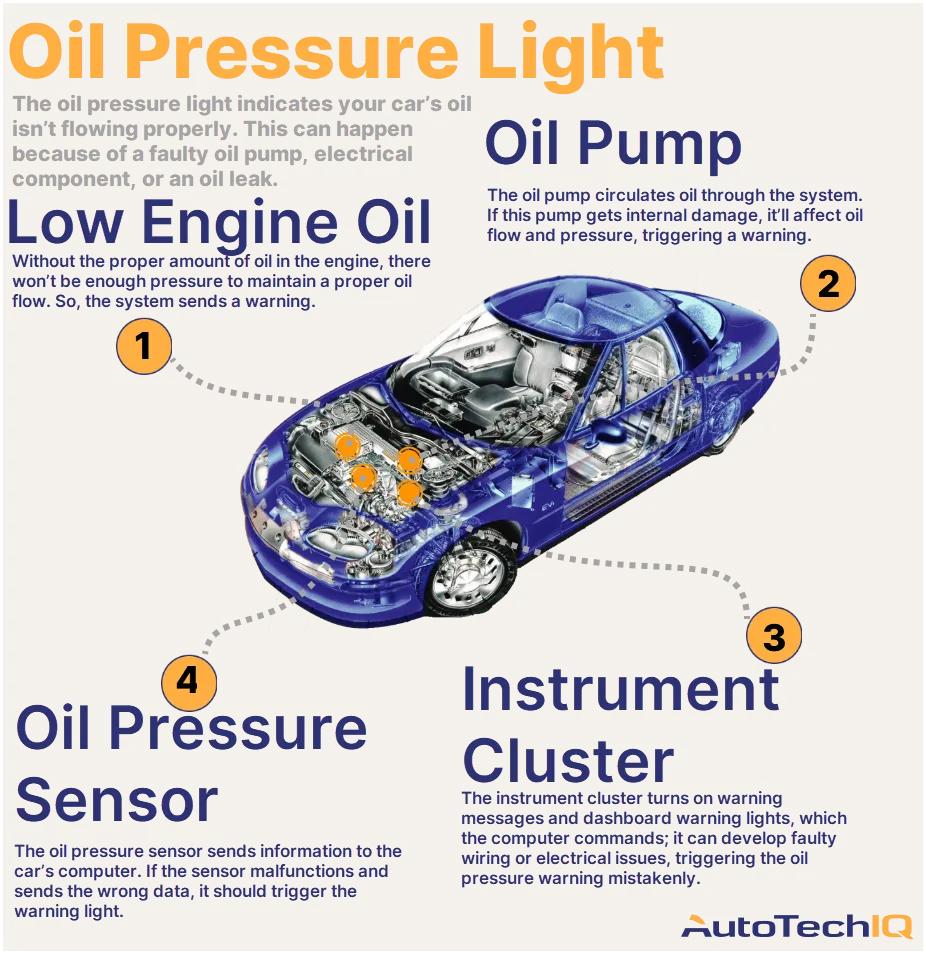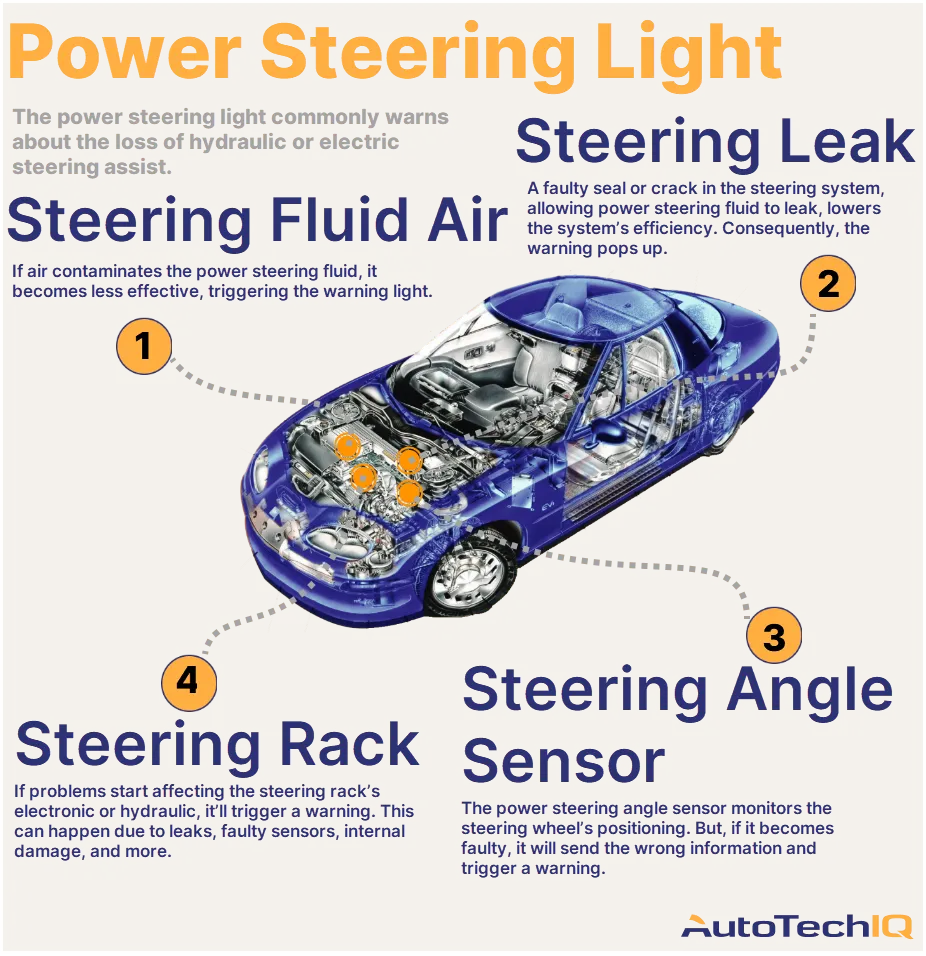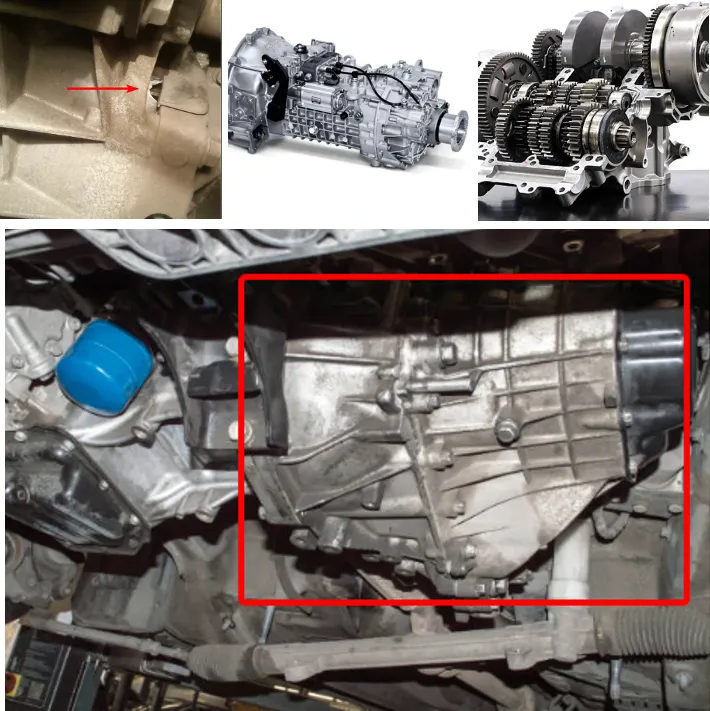
A gearbox is a mechanism that supplies and redistributes power and torque from the engine to the wheel drive shafts.
A manual gearbox is a classic type of gearbox, more reliable and cheaper to repair, so it is often repaired and replaced when diagnostics showed significant damage to the manual transmission.
Automatic gearbox, which shifts automatically. Repairing a box of this type sometimes costs more than replacing it.
There are several types of automatic transmission
- torque converter
- variable
- robotic
Replacing a manual or automatic gearbox is required due to wear of its elements. It can be either natural or premature during the operation of the car.
Signs of a malfunction that require you to contact a repair shop
- It is difficult to change gears;
- Noise while driving
- Oil leaks detected.
- The transmissions switch off on their own.
- There is a burning smell.
- It is impossible to engage a specific gear or the gearbox has completely lost its functionality.
Replacing a gearbox in a car service looks like this:
- the power supply system is de-energized
- the car is lifted on a lift, the internal combustion engine components and interior panels that prevent the dismantling of the gearbox are dismantled
- the linkage and parts of the clutch assembly are disconnected, the pedal assembly is dismantled, and after the flywheel is removed, the cardan or axle shaft is dismantled
- the hydraulic pipes of the clutch drive are disconnected and removed, after which the disk with the crown is installed on the crankshaft.
- Installing a new gearbox is no less serious a process than dismantling it. It requires the master to have extensive experience in carrying out such work, as well as the use of special equipment and tools.
The most difficult stage is the correct installation of the torque converter in the automatic transmission. In addition, the master controls the gaps between the torque converter and the flywheel.
Without going too deeply into technical details, it should be said that the further list of measures depends on the characteristics of the type of transmission, the necessary equipment, engineering solutions required for the installation of components and assemblies, additional spare parts, wiring, etc. The work ends with filling transmission fluids and testing the operation of the gearbox.
How to avoid replacing a gearbox
- Monitor the transmission oil level; you must remember that overfilling the oil is no less dangerous than underfilling.
- Keep the radiator clean, as a dirty radiator leads to overheating of the oil and failure of the automatic transmission.
- Avoid aggressive driving style, sharp acceleration and braking lead to accelerated wear of gearbox elements.
- Avoid prolonged slippage.
- Also, in an automatic transmission, you should not switch the transmission to the “Parking” position while driving.
Thanks to these rules, it is possible to save the resource of the unit, replacing the gearbox will not be required, and careful operation of the vehicle will allow the car owner to save a lot of money.


